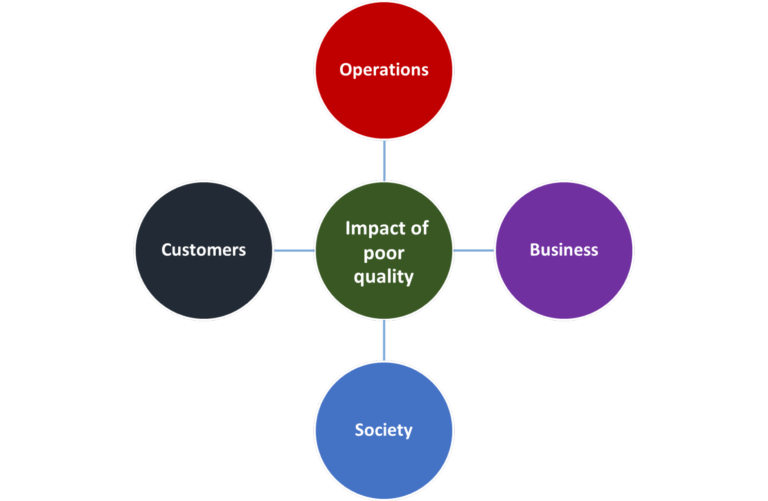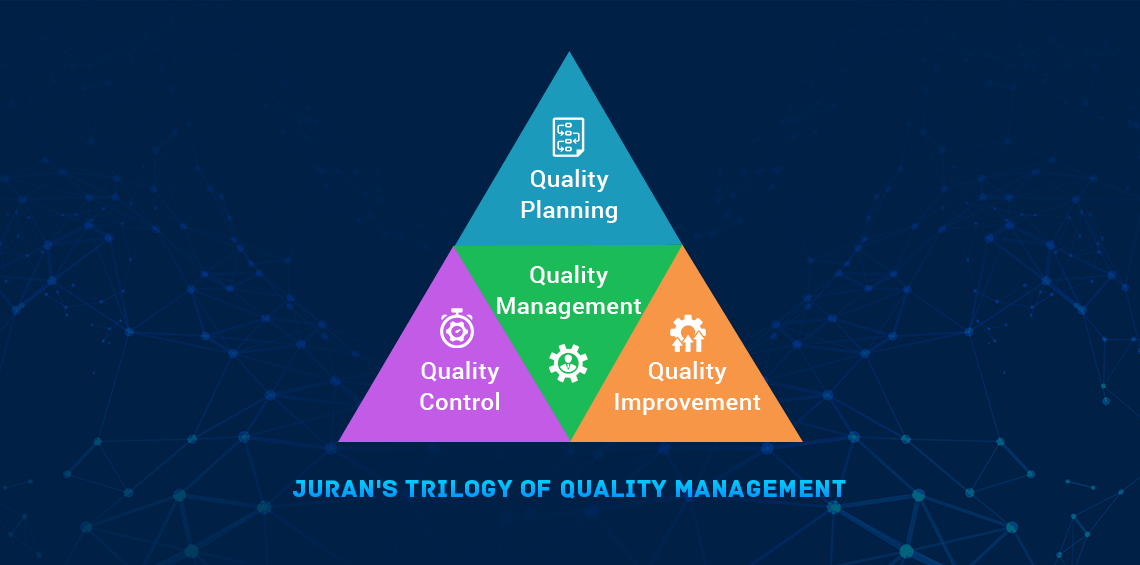Does your business add value for all stakeholders? Quality refers to the level at which your product/services meets the needs of all stakeholders.
Price and quality are two important decision-making factors in a buyer’s journey. It helps organizations develop products/services to meet customer expectations, improve brand value and reputation etc.
IT service quality management is a discipline of IT management that works to provide a consistent level of IT services, within the required quality benchmark, across the organization. It analyzes, ensures and manages quality across all functions of IT such as software services, hardware services, network services and more. – Techopedia
“The app is not working properly after the recent update.” – Poor quality service
“The product I received was defective. I will return the product.” – Poor quality product
Do these customer reviews ring a bell?
Businesses lose billions of dollars every year due to repairs, loss of sales, litigation, and other consequences of poor quality. Common examples of poor quality – non availability of spare parts, improper setup, lack of maintenance, outdated technology, among many others.
The Consequences of Poor Quality
Poor quality can lead to several negative outcomes. These consequences can be classified as:

1. Customer
Poor quality products/services create dissatisfied customers, leading to lost revenue and decline in customer loyalty. Moreover, poor quality can impel customers to find other business option, resulting in job losses and overall productivity levels.
Poor quality also affects employee productivity. Such employees may be less productive and may experience stress due to poor quality o products/services.
2. Operations
Poor quality wastes time, resources, and reduces operational efficiency. Therefore, it results in higher production and repair costs.
3. Business
Most common business consequences of poor quality include loss of customers, lesser productivity, and higher costs. In some cases, customers may file a lawsuit against the manufacturer/supplier, if they receive poor quality product/service.
Other consequences include – higher insurance premiums, loss of brand reputation, product liability claims, product recalls and higher warranty costs.
4. Society
Poor quality has adverse societal consequences as well. Along with higher costs and reduced efficiency, low-quality products/services have adverse effects on consumers and the environment.
Through this blog, I would like to revisit the history of Quality Management as described by the founder, Joseph M Juran.
The Juran Trilogy, also called Quality Trilogy, was presented by Dr. Joseph M. Juran in 1986 as a step towards quality management. The traditional approach to quality was based on quality control, but today, the Trilogy has become the foundation for most quality management best practices around the world.
The Juran Trilogy is a universal approach of quality standards—it can be implemented on all functions, levels, and product and service lines. This principle refers to quality management through three processes:
- Quality Planning (Quality by Design)
- Quality Control (Process Control & Regulatory)
- Quality Improvement (Lean Six Sigma)

Image source: https://www.juran.com/blog/the-juran-trilogy-quality-planning/
The Juran Trilogy is a quality improvement process that reduces costs incurred due to the consequences of poor-quality products/services.
- Quality Planning: Who are your customers? What are their needs? Once you define your customer needs, you must define the solution requirements (product/process/service/system). Then, adopt an approach to develop the solution catering to the specific needs and expectations of the customer. Obviously, you cannot plan everything all alone. You need a team of experts having subject matter knowledge in different disciplines. You should also involve key stakeholders in the planning process.
- Quality Control: What are the key metrics to determine quality standards? Have you set a goal for measuring performance? Obtain regular feedback and fix the gaps. 7 QC Tools – Check sheet, fishbone diagram, histogram, pareto chart, control chart, scatter diagram, and stratification – are popular tools used for addressing quality problems and process improvement.
- Quality Improvement

Conclusion
Quality is essential in all aspects of the business. It is essential to have a quality management system to ensure that your products and services are of the highest quality and deliver high levels of customer satisfaction and delight.
With 10 years of experience in Content Marketing, Devika helps enterprises build a strong digital presence. At AppsTek Corp, she is responsible for content planning, creation, and distribution, social media management and corporate communication. She likes to write about varied subjects such as leadership, technology, employee experience, and emotional intelligence.
 Devika Das
Devika Das
